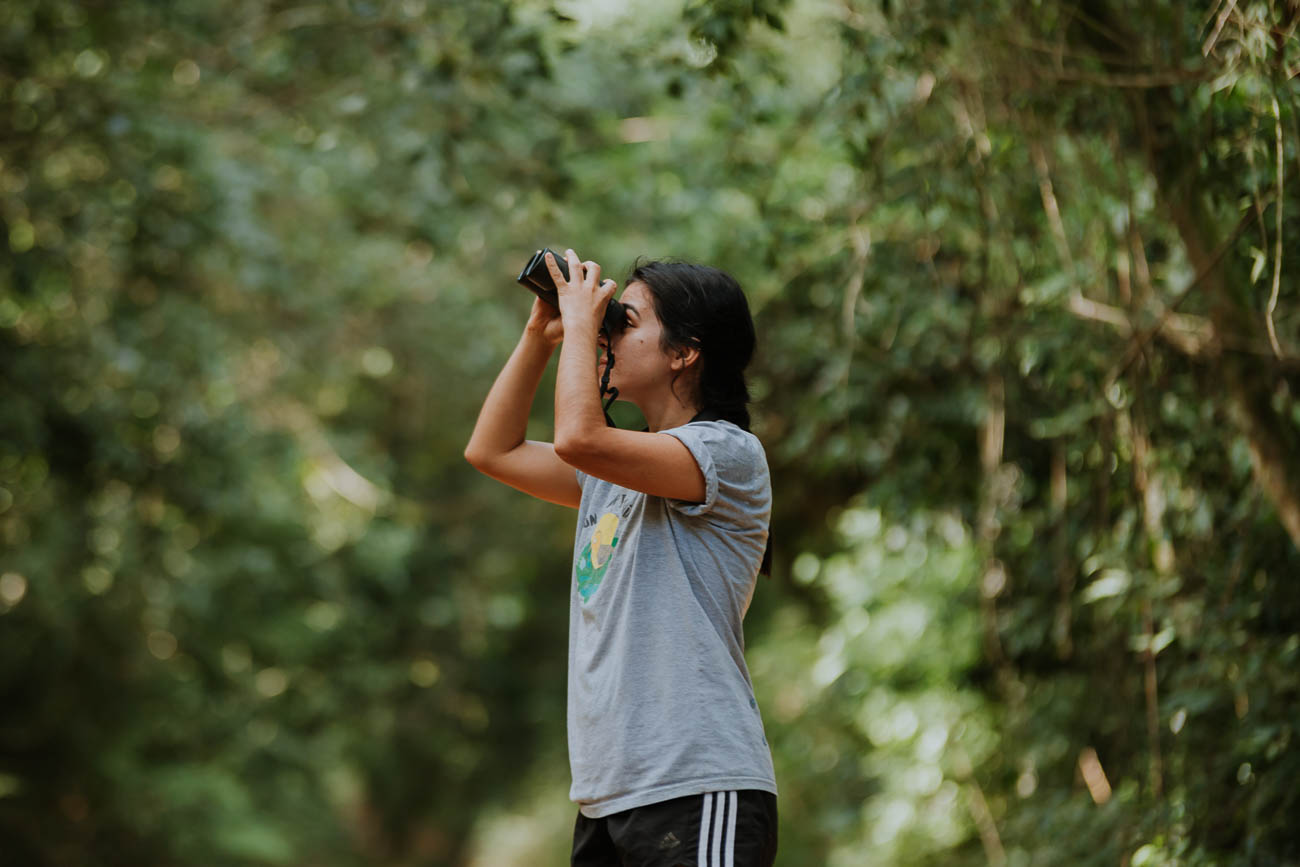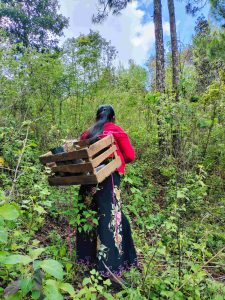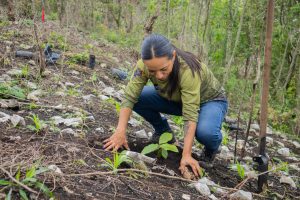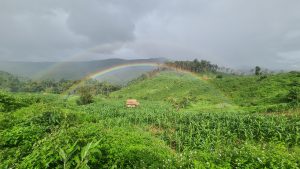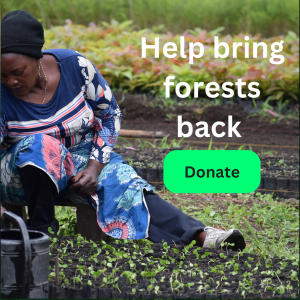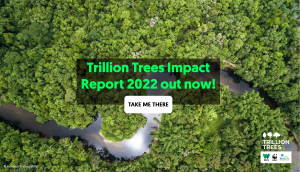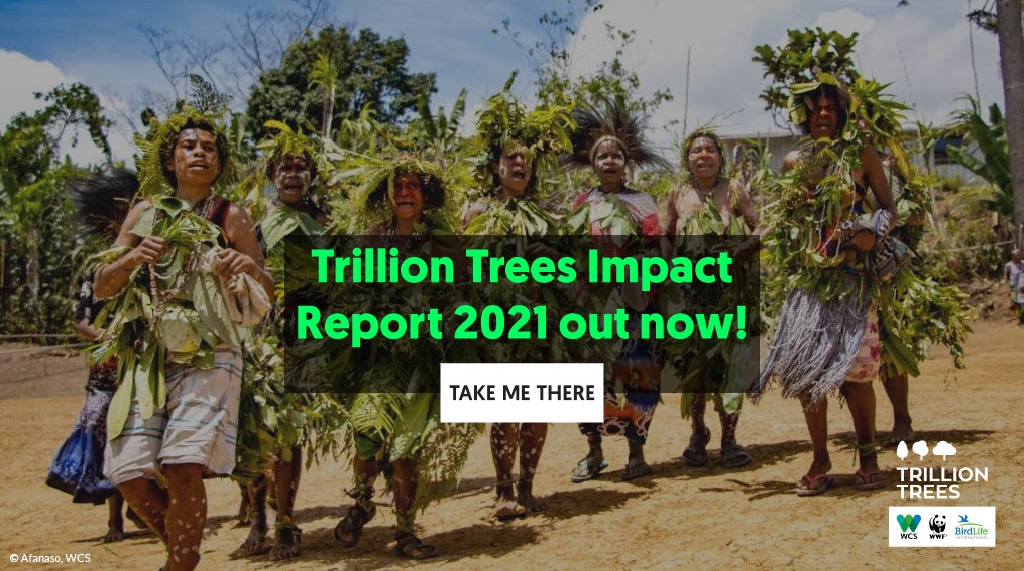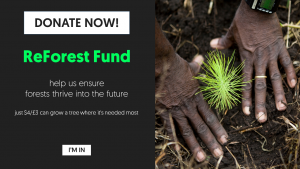Regenerating rainforest while changing lives
Hear from Fabiana on Sky News here
By Fabiana Benitez, Guyra Paraguay
I knew when I was five years old that I wanted to be involved in biodiversity. I grew up in the city, but what I really loved was swimming in the village springs at my grandmother’s house, surrounded by birdsong, or learning from my father how to fish for our dinner and harvest honey.
After a forest engineering degree, I volunteered with Guyra Paraguay, and five years later I help to run our five reserves across the country: designing conservation plans, coordinating staff, pitching for funding. Being out in nature is still my favourite, though. I’ll never forget my first field trip with Guyra in the Pantanal: I saw 18 mammal species that day – ocelots, tapirs, three kinds of armadillo. It brought home to me what we are fighting for; what is at stake.
These days my main focus is the San Rafael Reserve, 70,000 hectares of rainforest and pampas in south-east Paraguay. It is a precious remnant of the Atlantic Forest biome, said to be the most threatened tropical forest on earth and second in biodiversity only to the Amazon. As little as 7% of the original forest survives, and San Rafael is especially wonderful for birds, with 440 species, including endemic hummingbirds, woodpeckers and toucans. 80 species are facing global extinction.
San Rafael was earmarked as a national park in 1992 – but on paper only. Every year more is lost as a result of illegal activities: the valuable trees disappear to logging, suspicious wildfires take out more, and plots hidden in the forest are felled for marijuana growing. Guyra has been fighting for this landscape for two decades: with help from BirdLife International we bought almost 10 per cent of the reserve to create the Guyra Reta complex, and we’re restoring it to nature.
Our big breakthrough, though, has come with the development of a new agroforestry model centred on yerba mate, the rainforest tea that is Paraguay’s national drink. At the time of writing, I had just got back from the harvest festival, so I was buzzing! Yerba mate (pronounced ‘matt-ay’) is an Atlantic Forest species, highly associated with endangered birds like the rusty-margined guan and black fronted piping-guan, and crucially, it thrives in the shade. It means we can turn over degraded swathes of the reserve and its buffer zone to tea-growing and enrich them with other native trees from our community nursery, where we have 2,000 seedlings. We’ve got the research to prove our plots are every bit as supportive of wildlife, and they offer higher yields for local producers than destructive monocultures such as sugar cane, soy or grains such as corn, which have been encroaching on the forest habitat.
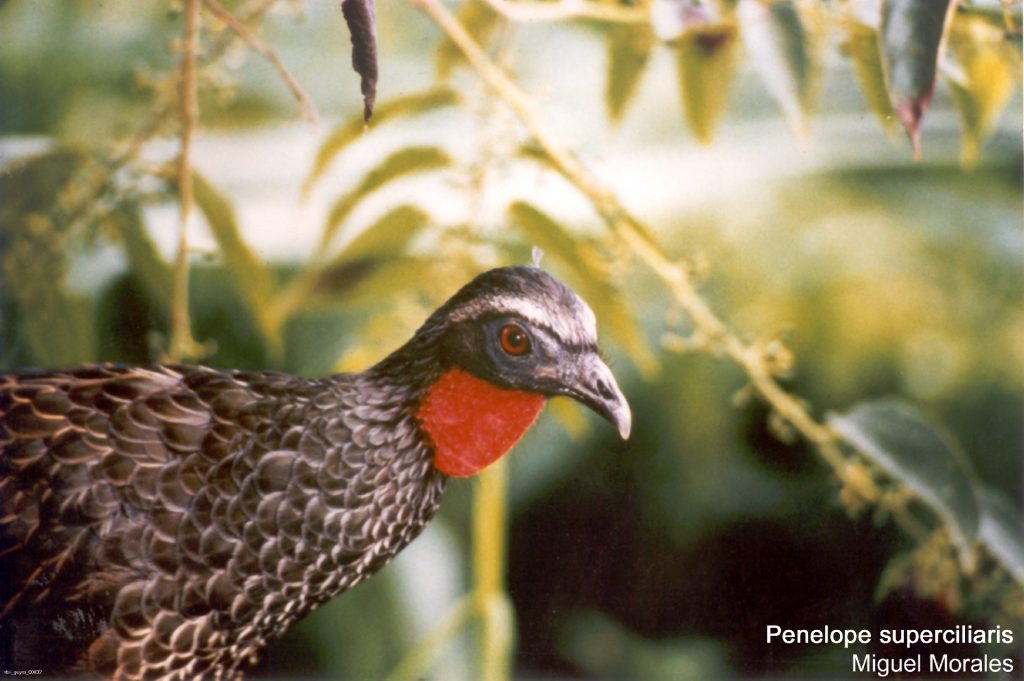
The system is sustainable and organic, and what’s special for me is that it fuses science with centuries-old knowledge. San Rafael is one of the last places where the indigenous Mby’a Guarani people still live from the land, and Guyra is in the final stages of securing full ownership rights on 550 hectares of their ancestral territory, so they can determine their own future. One of my greatest pleasures is to spend time with them: they bless their seeds at the first moon of the season in September, and hunt and gather in the forest.
Like everywhere in Paraguay the Mby’a Guarani are impoverished, struggling to feed their families, and menaced by the illegal marijuana producers who promise them a fast return on their land. So we have included the Guarani in the yerba mate initiative, and it is building bridges with the farming community around the reserve –previously, they were isolated.
Now in our third year, we now have 50 small producers across four villages harvesting 30,000kg of shade-grown tea. We think we can scale that up tenfold in the medium term, and we’ve a wider collaboration with Aves Argentinas (a BirdLife partner), to scope the potential for forest-friendly agriculture along a biological corridor linking San Rafael with the Misiones province, home to iconic creatures like the jaguar and harpy eagle.
I feel certain that engaging people, and making conservation viable for them economically, can be a turning point in saving this imperiled landscape from deforestation. San Rafael is a challenging and dangerous place – illegal armed gangs are in the forest, and our rangers are regularly threatened. But seeing the puma that was picked up by one of our remote cameras – we thought they were extinct here – filled me with joy. So did the excited smiles of yerba mate producer Pelagio Martinez, who has doubled his income from just one hectare of land to USD 3,000 thanks to what he calls “this crazy idea of BirdLife and Guyra”. It makes the hard work completely worthwhile.
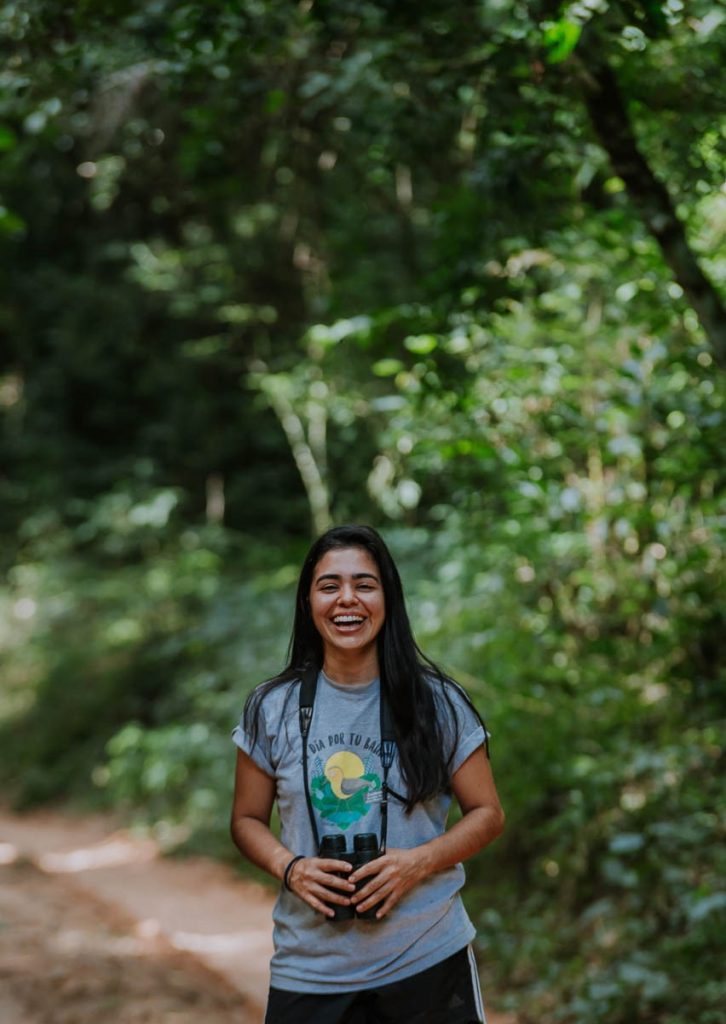
This project is part of the BirdLife Forest Landscape Sustainability Accelerator, partially funded by Trillion Trees. The Forest Landscape Sustainability Accelerator helps local Partners to attract long-lasting investments and explore forest-friendly business opportunities that will safeguard the whole landscape for decades to come.
This article was originally published in Landscape News as part of a narrative series from global conservationists working as part of Trillion Trees.

